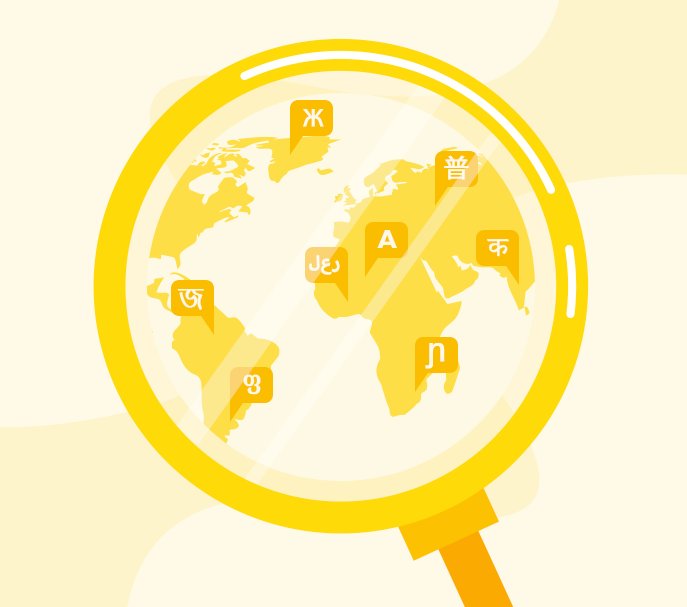
Optimizing your website to reach your targeted audience is very essential but what if your targeted audience hails from different locations and speaks a variety of languages? It is very important for your business to communicate with your audience in their local language. This is where the importance of Multilingual and Multi-regional Search Engine Optimization can be realized.
Multiregional SEO is the process of optimizing your website in order to target multiple geographical regions.
Multilingual SEO is the process of optimizing your website’s content in such a way that users can view the content in their local languages, which in turn helps in reaching a larger cross section of your targeted audience and to overcome with the problem of language barrier.
Multilingual and Multiregional SEO go hand in hand. Before initiating the SEO process of your multilingual and multiregional website, you first need to understand that what are the factors that can potentially influence your website’s presence in local SERPs?
1) Your Targeted Zone and Language
You should have a very clear vision towards your business goals. Unless you don’t know that who your buyers are and from which region they are, your online business presence won’t be able to hit them. This is very crucial because your overall project relies on the same.
2) Local Domain Names
Once you are done with finalizing local languages and regions, you should be very careful while selecting the domain(s) for your business project.
There are two possible ways to reach your audience that belongs to various geographical regions:
a) Generic Country Code Top Level Domains (gccTLDs)
Using local domain is one of the most preferable options for website optimization and is always preferred by search engines in local searches. When you are targeting multiple countries, it is advisable to make multiple websites with local versions such as www.example.mx for Mexico, www.example.br for Brazil, etc. Domain with .mx extension will rank easily in local SERP of Mexico and similarly with .br in Brazil local searches.
b) Generic Top Level Domain
These domains are generic and they do not specify any particular country. There are some possible ways to reach your multiple regions by optimizing URL structure of gTLDs such as:
Subdomain – mx.example.com, br.example.com – here is another blog we did earlier, that talks about Subdomain architecture & its effects on SEO.
Sub directories – example.com/mx/, example.com/br/
URL parameters – example.com?loc=mx, example.com?loc=br
You can review the pros (+) and cons (-) of the each of the above suggested domain or URL structure at Google Webmaster Central Blog
3) Language Annotations
When you have multiple versions of the same content or we can say that if you wish to alter your website’s content in accordance with the language spoken in a user’s geographical region, then it is very useful to use hreflang annotation to avoid duplicate content issue. For example, you can add a link element pointing to Portuguese version of the desired webpage
Or
For more detailed explanation visit Google Webmaster Article
4) Content and Keywords Localization
Translation of a content of your website by any tool is not advisable, auto translation can modify the meaning of your web content which in turn might result in higher bounce rate. As we all know that keywords play a very important role in determining where a website will rank on search engines, therefore the factors such as placement and density of keywords in the web page content as well as Title Tag and Meta Description play a very important role. To get better results, you need to spend both time and money for optimizing your multilingual and multiregional website.
The above factors plays a major role while performing SEO for multilingual and multiregional websites. SEO is an ongoing process and you always have to keep updating your website as per the changes in the online market. You cannot follow same strategy for years. Keep researching and implementing for better results.

